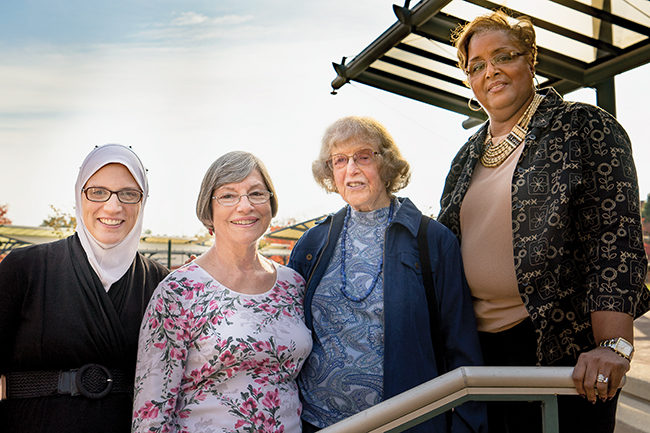
BY CARMEN SIERING
In October 2015, a Muslim woman wearing a headscarf was attacked outside Sofra Café on South Walnut. The incident sparked an outpouring of concern from members of the Bloomington community, says Anna Maidi, who handles much of the correspondence for the Islamic Center of Bloomington.
“After the attack, a lot of people were reaching out and they didn’t really know what to do,” Maidi says. “We got letters from people who just wanted to express that they appreciated our presence in Bloomington.” Maidi says that while the incident at the café is an extreme, it’s not the only time a member of
Bloomington’s Muslim community has felt threatened. “So to have the community respond in that way was heartwarming,” she says.
That response was just one of the many pieces that fell into place and encouraged Maidi, a 28-year-old Muslim woman, to work with women from other religious faiths to establish Sisters in Peace.
The other organizing members of Sisters in Peace are Margaret Pruden, 78, and Beverly Calender-Anderson, 62, from First United Methodist Church; and Rita Lichtenberg, 87, a member of Congregation Beth Shalom.
The four women started organizing the group in early spring 2016 and held their initial gathering at First United Methodist Church in May. Nearly 60 women attended, sitting at round tables. “We wanted Jewish, Muslim, and Christian women at each table,” Pruden says. Conversation-starting cards were on the tables with questions like “What is a common misconception about your religion?” or asking the group to find things the three religions have in common.
Calender-Anderson says the group was formed as a way to build greater understanding among women of faith. “The reason we reached out to the women is we feel anger and mistrust are based on fear,” she says. “And if you really get to know someone, maybe you won’t fear them.”
The group plans to meet quarterly. “A monthly commitment can be so hard to make,” Maidi says. And while anyone is welcome, they really aren’t trying to grow the group either, she says, because if it gets too big, then it won’t be as easy for friendships to develop.
“But this model is very replicable,” Calender-Anderson says. “It’s just a way of coming together across boundaries and barriers. You just have to be there with the right purpose — ready to learn from each other and celebrate each other.” *


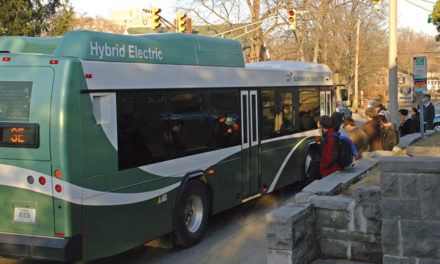
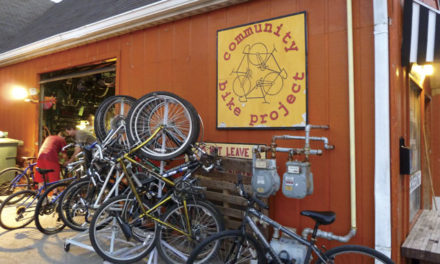
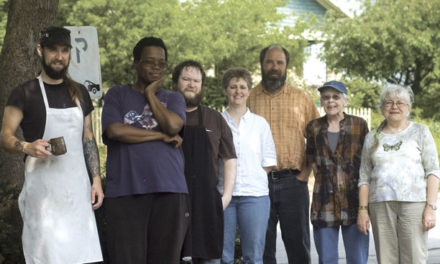
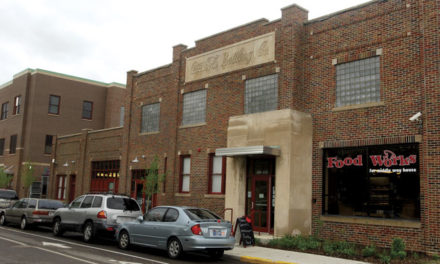










Tim Jessen — Knowing three of these women very well (and from quite different connections to them!), and knowing the Beth Shalom congregation somewhat–this is one great idea! And they will get it done. May their numbers multiply. Now is we could get something similar started for the MEN–but that will be harder.
Sisters, show us the Way!!